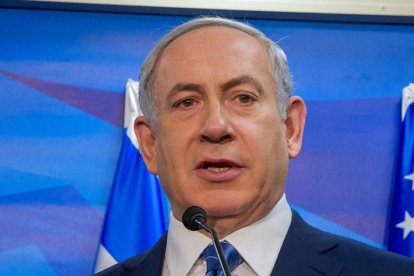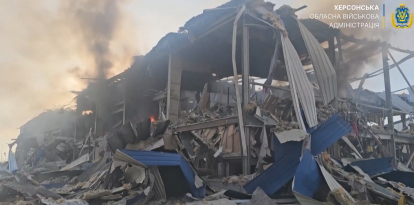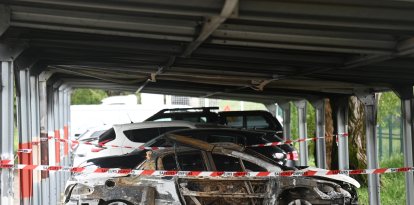"The Day After Hamas": Netanyahu's plan for the future of Gaza after the war
The prime minister's proposal establishes a three-phase strategy covering the demilitarization and deradicalization of the area.

Wikimedia Commons
Israeli Prime Minister Benjamin Netanyahu presented members of the security cabinet with a plan for the management of the Gaza Strip and the West Bank once the war against Hamas is over.
In the document named “The Day After Hamas,” Netanyahu reaffirms Israel’s commitment to continue the war until the terrorist group that has ruled Gaza since 2007 is destroyed and establishes a three-phase strategy: short, medium, and long-term, once the conflict has been put to an end.
Israel’s immediate goals remain focused on eliminating Hamas’ military capabilities, returning hostages, and preventing future threats from the Gaza Strip and West Bank. Furthermore, he stressed that there will be no permanent ceasefire or complete withdrawal of the Israel Defense Forces (IDF) from Gaza, as the terrorist group hopes.
It should be noted that although the plan mentions guidelines for the West Bank, it does not provide further details on the steps to be taken in relation to this region.
In the short term
In the short-term phase, the plan states that the Israeli army will maintain operational freedom of action throughout the Gaza Strip without a time limit “to prevent the renewal of terrorism and to thwart threats from Gaza.”
The proposal also underlines that the intention is to completely demilitarize Gaza and focus on a second internal security force similar to the police to maintain public order. Israel would assume responsibility for ensuring demilitarization and would oversee its maintenance.
The prime minister also considers the need for a buffer zone on Gaza’s border with Israel and highlights that this area “will exist as long as there is a security need for it.”
It also suggests a “southern closure” system along Egypt’s border with Gaza, which will be “based on measures necessary to prevent smuggling from Egypt both under and above ground, including at the Rafah crossing.”
Intermediate phase
In the medium term, Netanyahu’s plan focuses on the civil and security aspects of life in Gaza after the war. Israel proposes creating a governance model made up of local Palestinians with administrative experience, not linked to terrorism or countries that support it, which would rule out the participation of countries such as Qatar and Iran.
The prime minister also considers promoting “a comprehensive deradicalization program for all religious, educational and welfare institutions in the Gaza Strip,” which would be done with the possible participation and assistance of Arab countries with experience in deradicalization.
The closure of UNRWA
The plan promises to close the United Nations Relief and Works Agency (UNRWA) and replace it with responsible international aid agencies. This was decided after a group of the agency’s employees were discovered to have been allegedly involved in the Hamas-led attack on October 7.
Long-term plan
Although the document did not have many details about the distant future of Gaza, it noted that the restoration of the Strip would only be possible after demilitarization and deradicalization and assured that this process would be “financed and directed by countries acceptable to Israel.”
Netanyahu maintained that his country “outright” rejects international calls for a permanent agreement with the Palestinians and assured that direct negotiations without preconditions would be necessary to determine the future of Gaza. However, he did not clarify who these negotiations would be between.
“Israel will continue to oppose the unilateral recognition of a Palestinian state. Such recognition in the wake of the October 7 massacre would give a huge reward to unprecedented terrorism and prevent any future peace settlement,” the document states.
RECOMMENDATION





















